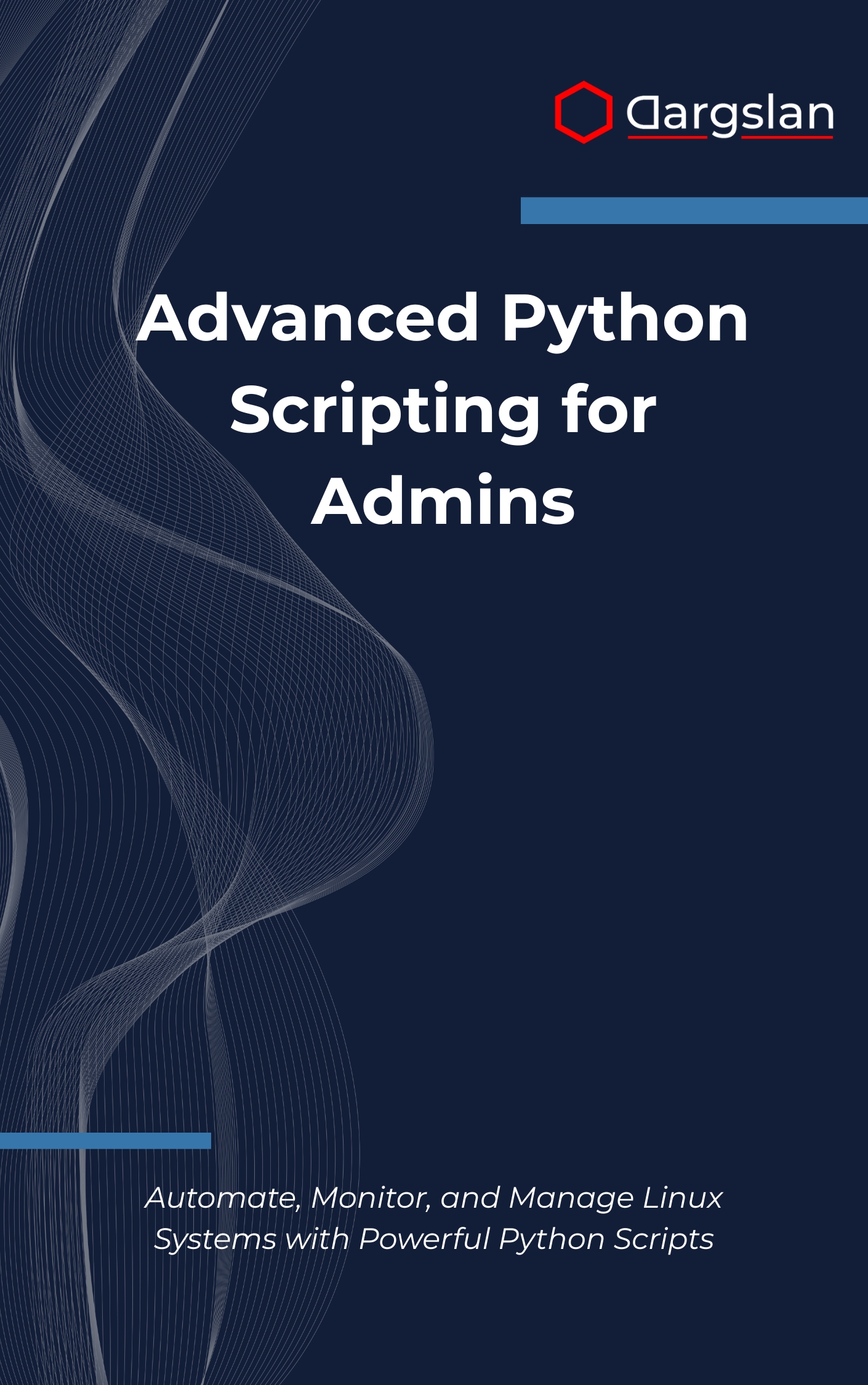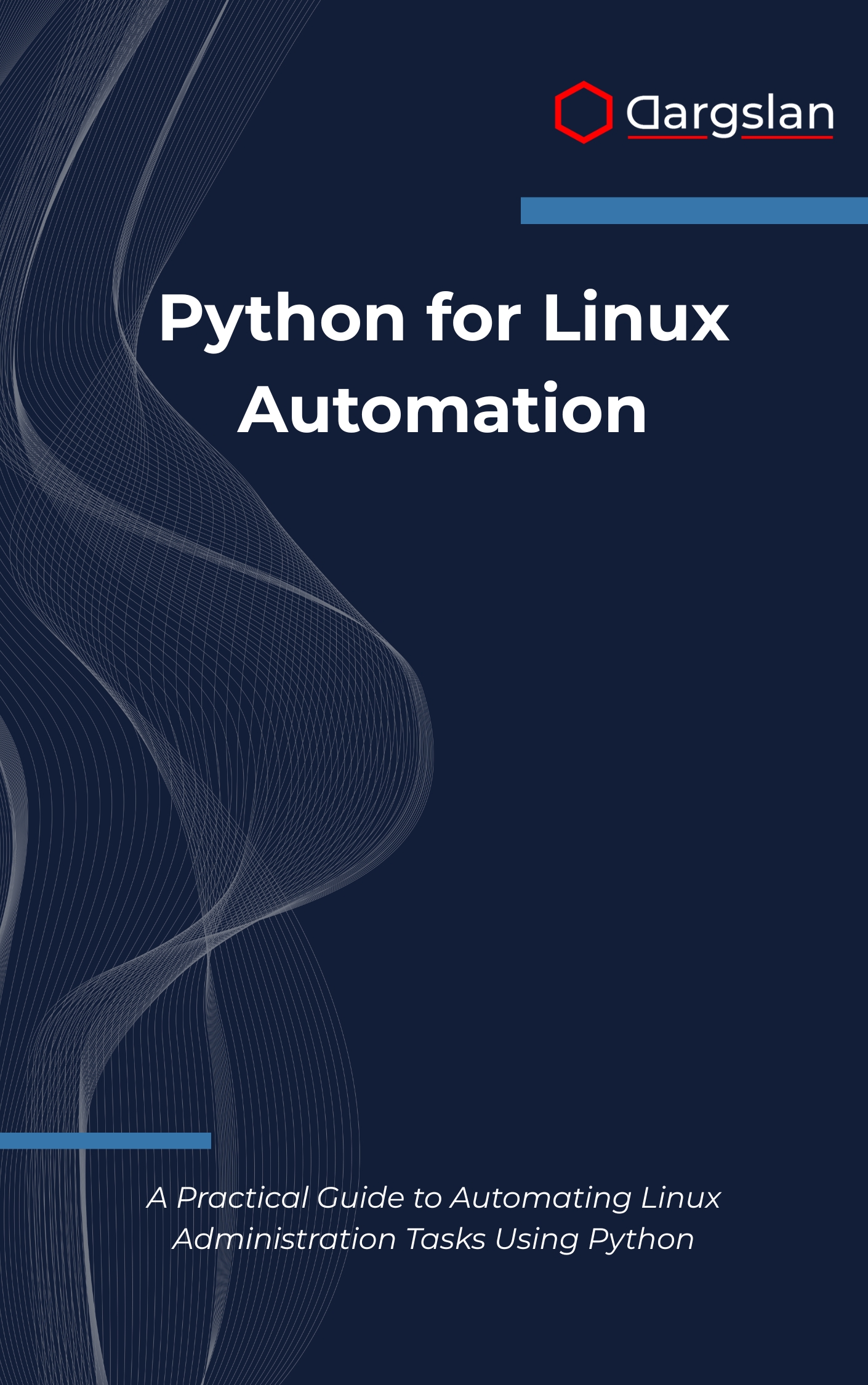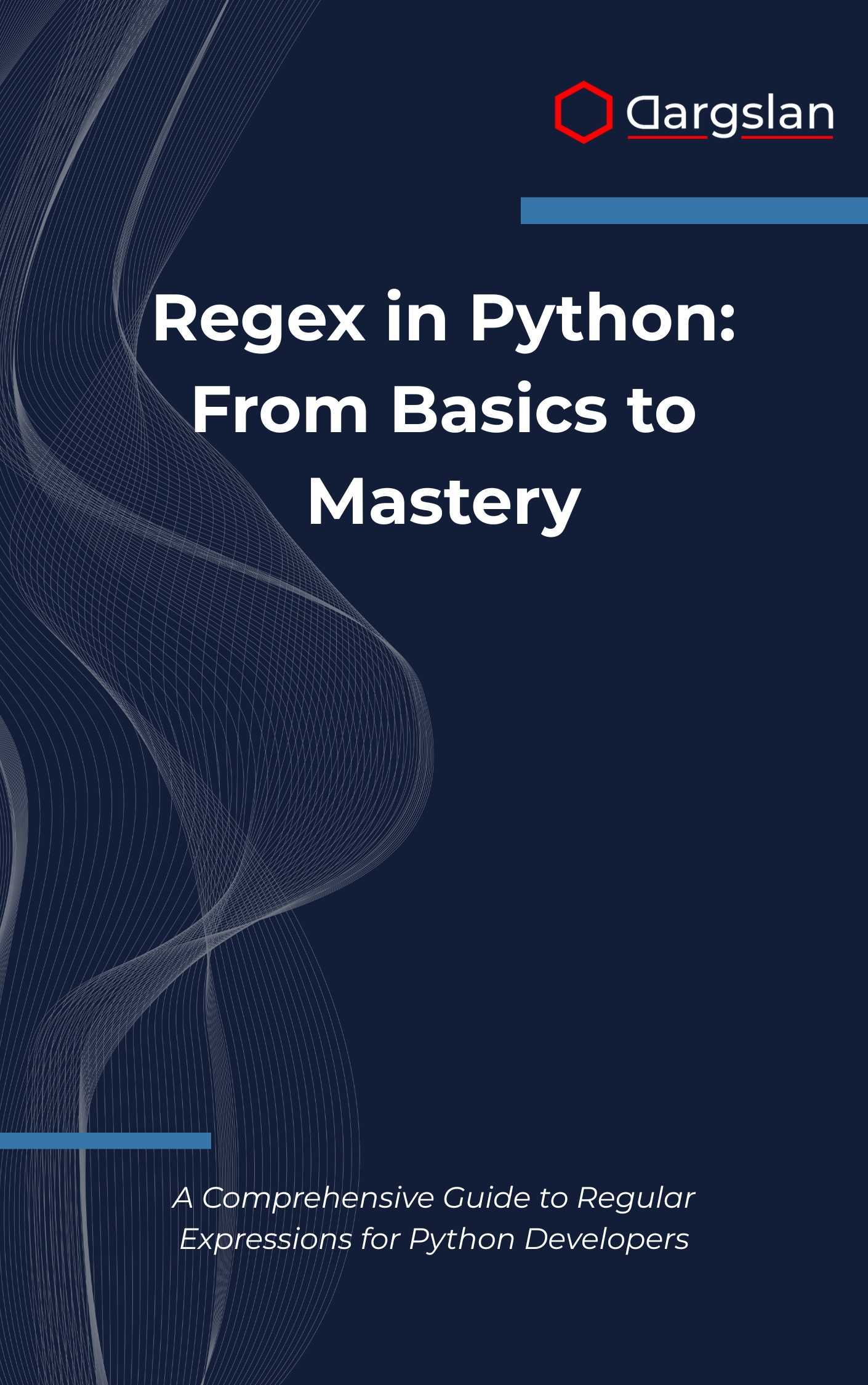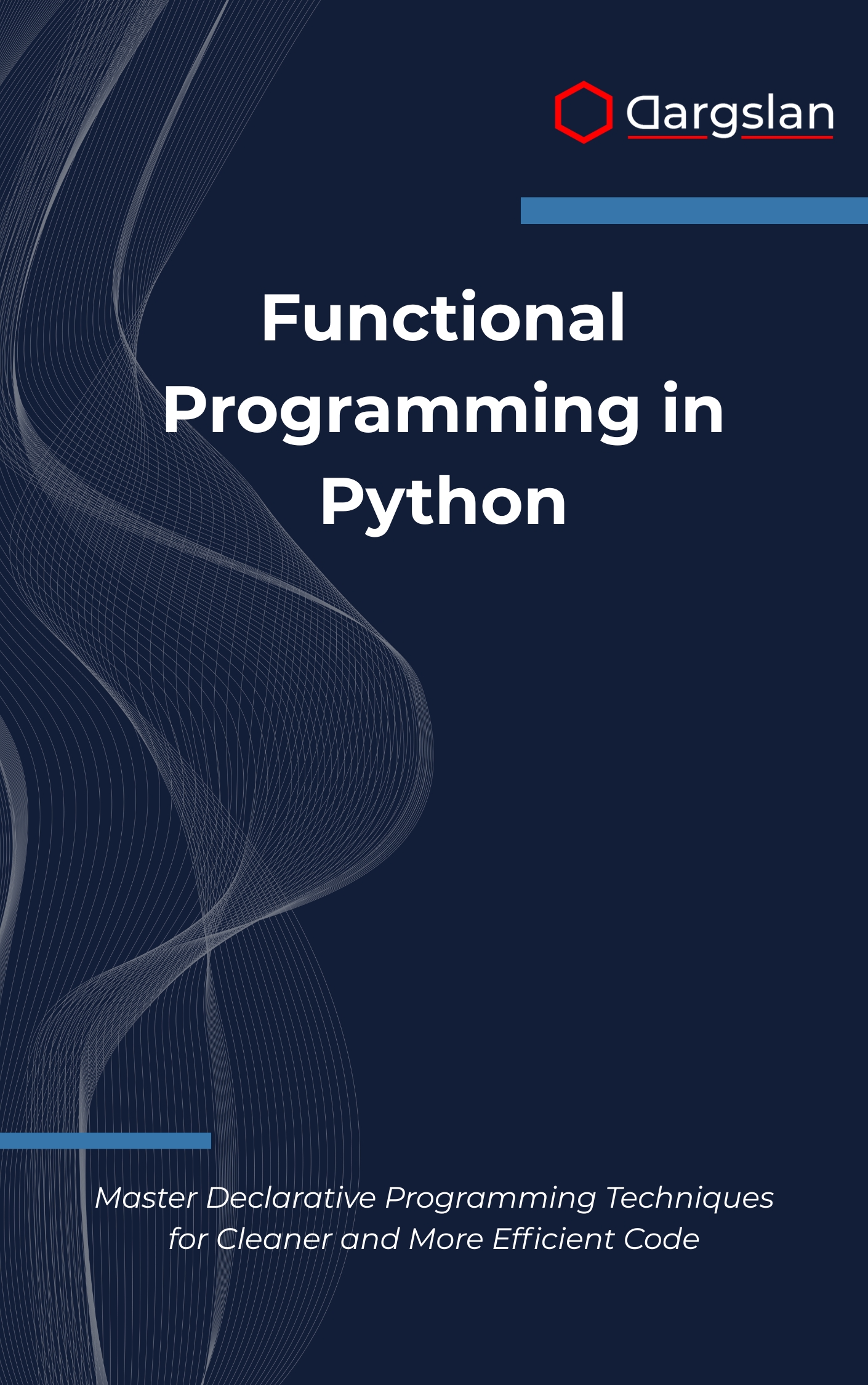Python Clean Code: Write Better Scripts
Building REST APIs with Flask: Design, Develop, and Deploy Scalable Web APIs Using Python and Flask,Build RESTful APIs using Python Flask and deploy scalable web applications.
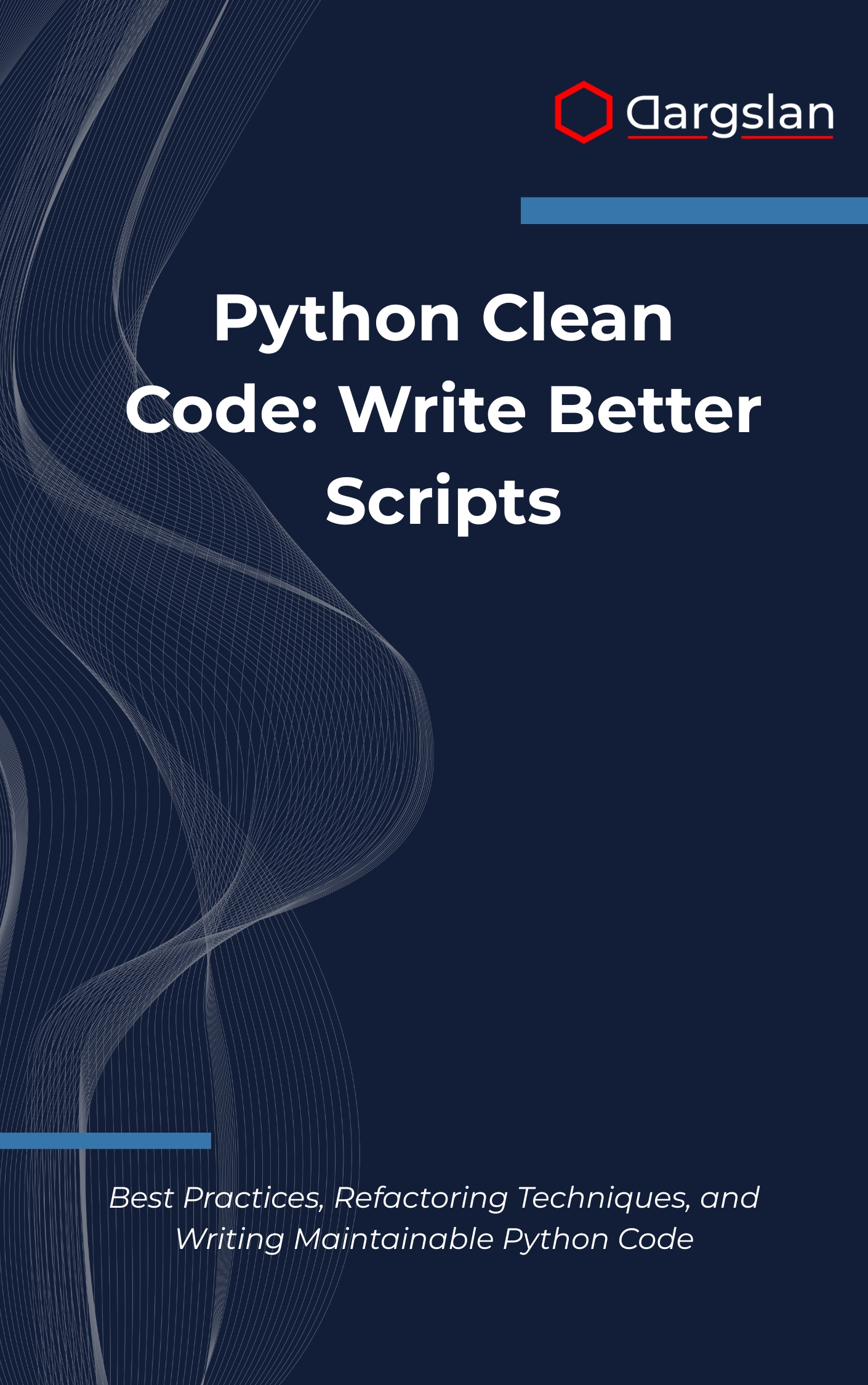
Great Python scripts don’t just run—they communicate intent, scale with your workload, and remain easy to change months later. If you’re ready to elevate your scripts from “works for now” to “built to last,” this guide shows you how to write code that is elegant, maintainable, and professional.
From refactoring messy functions to designing robust CLI tools, you’ll learn practical patterns and techniques grounded in Python’s idioms. Expect before-and-after examples, clear explanations, and repeatable workflows you can use immediately on real projects.
Best Practices, Refactoring Techniques, and Writing Maintainable Python Code
Overview
This IT book delivers a focused programming guide to building cleaner, more maintainable software with Python. In Python Clean Code: Write Better Scripts, you’ll find a technical book that turns everyday tasks into teachable moments, spotlighting Best Practices, Refactoring Techniques, and Writing Maintainable Python Code for automation, data processing, and CLI development.
The coverage is both broad and deep: clean code principles, Python naming conventions, function design and organization, script structure and modularity, error handling and exceptions, code refactoring techniques, testing and testability, type hints and documentation, performance optimization, automation and CLI development, code reusability patterns, configuration management, and professional Python practices. By leaning on Python’s strengths—list comprehensions, context managers, decorators, and dataclasses—you’ll refactor code with confidence and ship scripts that are readable, testable, and easy to extend.
Who This Book Is For
- Working Python practitioners who want to turn quick scripts into maintainable tools, gaining repeatable patterns for readability, reliability, and long-term sustainability.
- Engineers and data professionals aiming to standardize their workflow, with clear outcomes in testing, error handling, and modular design that improve collaboration and code reviews.
- Ambitious learners ready to level up their craft—use the guidance to refactor legacy code, build polished CLIs, and ship confident, production-ready Python.
Key Lessons and Takeaways
- Design functions with purpose. Apply the single responsibility principle, choose expressive names, and create thoughtful interfaces so your functions read like documentation and compose cleanly.
- Structure scripts for growth. Split logic into modules, introduce configuration management, and implement robust error handling and exceptions to keep behavior predictable and debuggable.
- Refactor with confidence. Use code refactoring techniques—such as extracting pure functions, introducing type hints and documentation, and writing focused tests—to improve quality without changing behavior.
Why You’ll Love This Book
The teaching style is practical and friendly, guiding you step by step through real scenarios you’ll actually encounter: automation jobs, data pipelines, and command-line tools. Each concept comes paired with concrete before-and-after transformations so you see exactly how improvements pay off. You’ll learn modern Python techniques in a way that’s fast to absorb and easy to apply on your next pull request.
How to Get the Most Out of It
- Start with the fundamentals of naming, function design, and script structure, then progress into modularity, testing and testability, and performance optimization. Finish with advanced chapters on type hints and documentation for a clear end-to-end workflow.
- Apply each concept to a small piece of your current codebase. Add type hints to a core module, introduce a context manager for resource safety, or refactor a long function into smaller, testable units with clear responsibilities.
- Build mini-projects: create a resilient CLI tool with proper argument parsing and configuration management; refactor a data processing job to use generators and comprehensions; add a test suite to lock in behavior and drive future refactors.
Get Your Copy
If you want scripts that are easier to read, easier to test, and easier to maintain, this guide is your next essential resource. Level up your workflow, eliminate code smells, and ship Python that stands the test of time.

